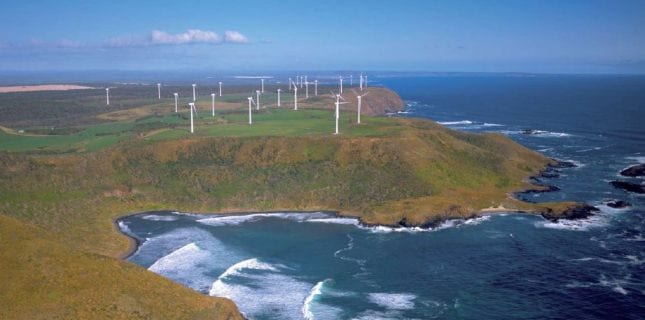As Tasmania struggles to deal with its energy crisis, and the government faces calls for a Senate inquiry into its handling on the Basslink cable cut, the depleting hydro resources and its lack of renewable energy, its worth having a look at the performance of its own energy plan.
Last year, the Tasmania government called for submissions and input to its plan and 29 submissions. According to energy expert Roy Ramage, who made a submission, it appears that the Tasmanian government ignored virtually everything.
Worse than that, Ramage suggests, it has not even succeeded on its own nine key objectives – a point that has been highlighted by the current crisis. “On any scale it is a strategy failure of gross dimension,” Ramage notes.
Here is his assessment of Tasmania’s Energy Strategy 2015, and the status of its nine key aims.
1. Tasmanian electricity prices will be amongst the lowest in Australia.Status: Fail.Grid costs : WA. $460 p.a. Tas. $1,100 p.a. TasNetworks largest charges on all bills.2. Tasmania’s State-owned energy businesses will be more cost efficient thereby contributing to the lowest possible electricity prices.Status: Fail.Hydro is $1.6bln in debt. Basslink costs $76m per annum for the next 16 years. It is broken and we are not told what the financial penalties – if any – are.3. Consumers will have greater choice about how to meet their energy supply needs and will pay competitive, fair and predictable prices for those choices.Status: Fail.Two retailers Aurora & ERM – both reliant on power supply from Hydro, which is burdened with massive debt. Consumers can choose tweedle dum or tweedle dee. Time of use will become a critical factor as our peak use is in winter.4. Consumers’ energy needs will be met through a safe, secure, and reliable supply, supported by the minimum necessary regulatory arrangements.Status: Fail.Debt; Drought, Basslink is broken. COAG, AEMO, AEMC multiple bodies involved in regulations – change is happening at glacial pace. The same people who worked in the same bodies chosen for the “expert” panel.5. Tasmanian businesses will secure increased productivity and reduced cost pressure through affordable and predictable power prices and improved energy efficiency.Status: Fail.See above – Plus it has been importing coal-based energy from Victoria at higher prices.6. Tasmanian households will experience less household budget pressure through affordable and predictable power prices and improved energy efficiency.Status: Fail:Just 29,602 pay as you go, customers, approx. 13% of total residential customers (OTER) in 2015.7. The contribution of energy to cost of living pressure for the most vulnerable customers will be reduced.Status: Uncertain.Given the status of aim 6 how and when must be asked.8. Tasmania will be attractive for energy intensive industry through the provision of competitive predictable, long term power offerings.Status: Fail:Major customers asked to scale back operations to the point of employment losses. Reliable, cheap energy has not been achieved, The import of coal-based energy – how can industry see this as attractive?9. Tasmania will continue to contribute significantly to renewable energy nationally reinforcing its reputation as the renewable energy state.Status: Fail.Hydro could claim some success on King Island with renewables and storage, but appears to have stopped there. Strategy 9, on any scale, now un-obtainable given the lead by other states particularly South Australia.










